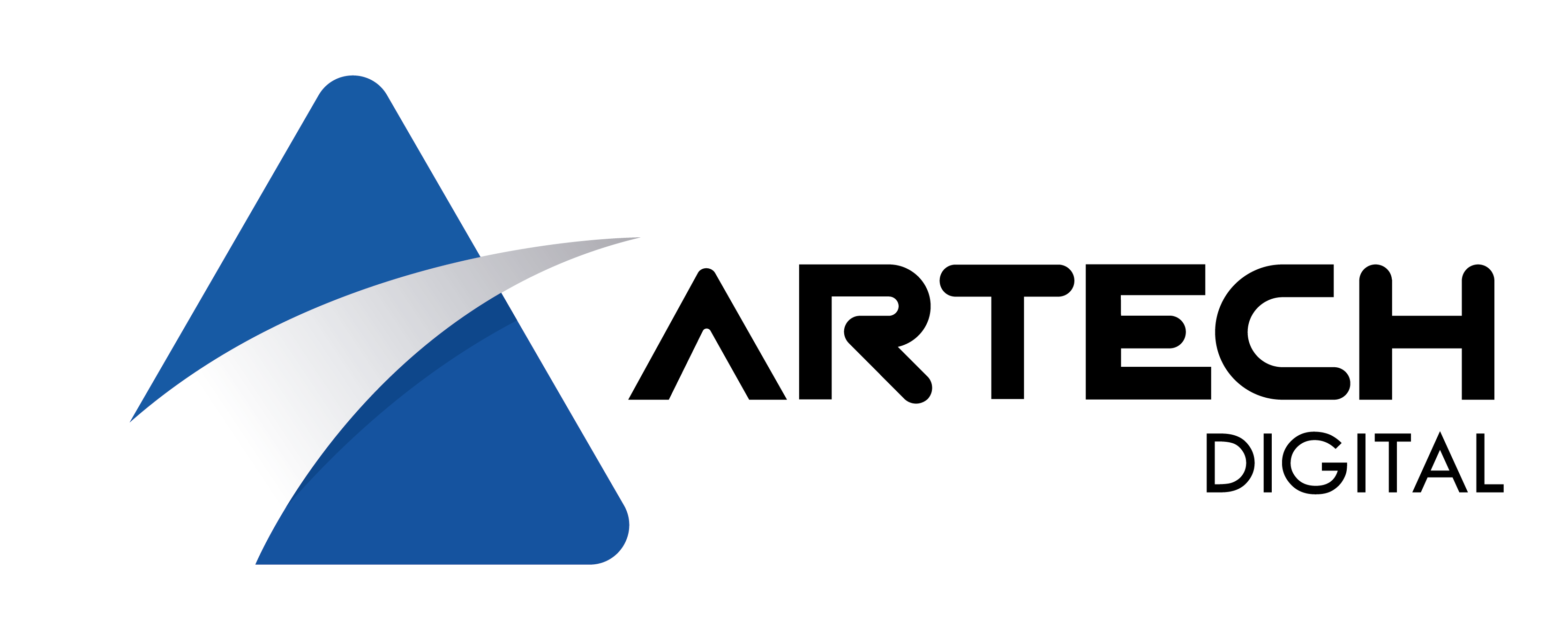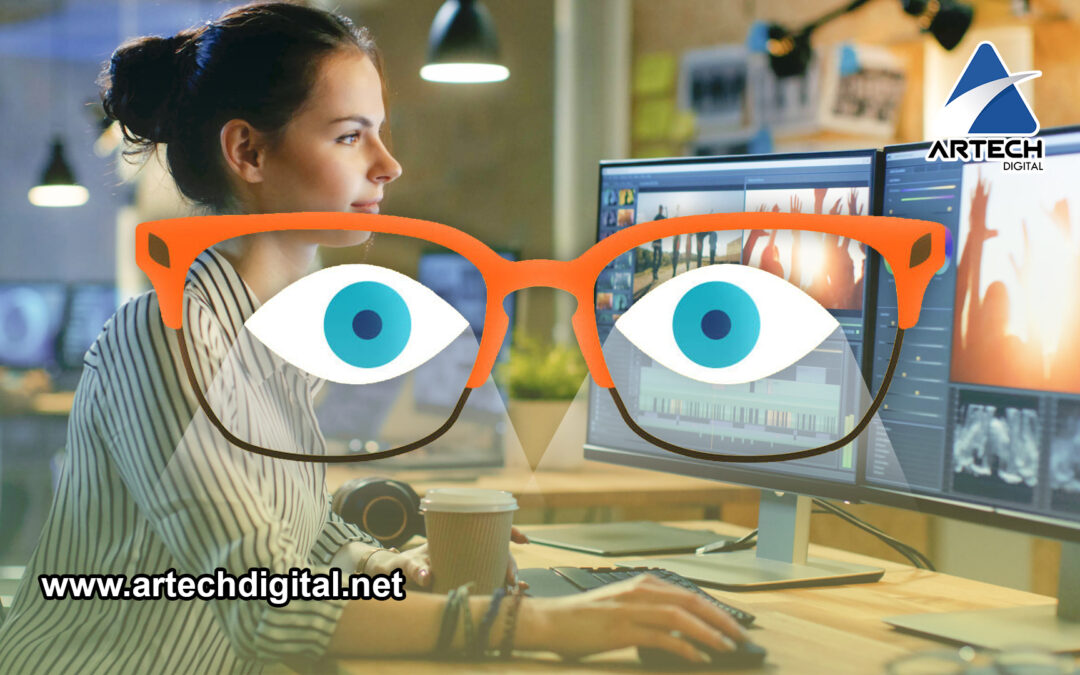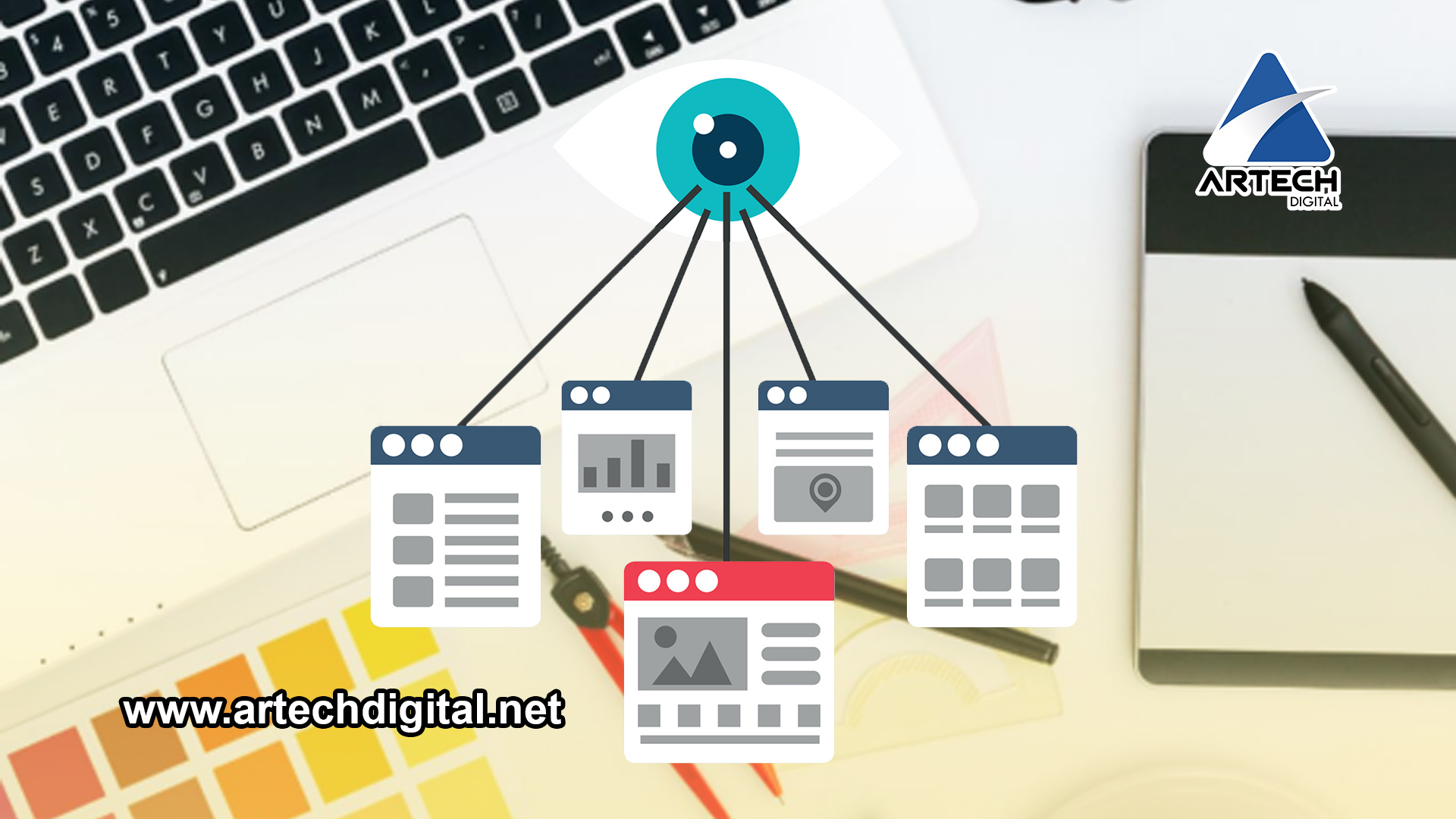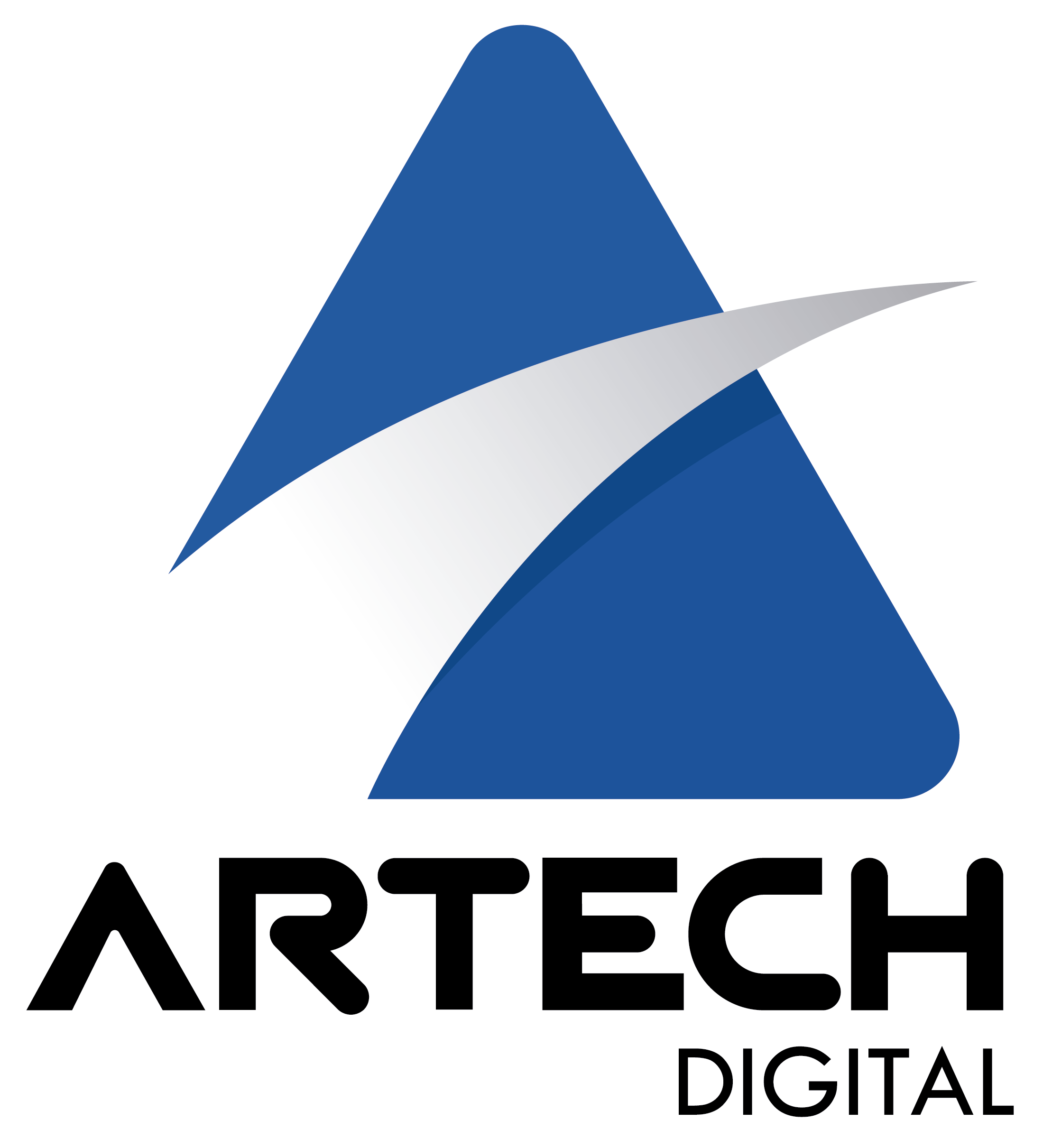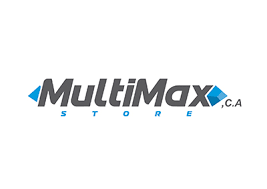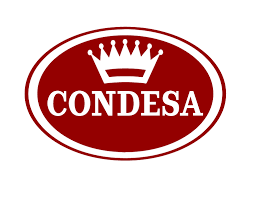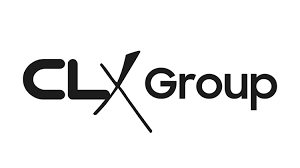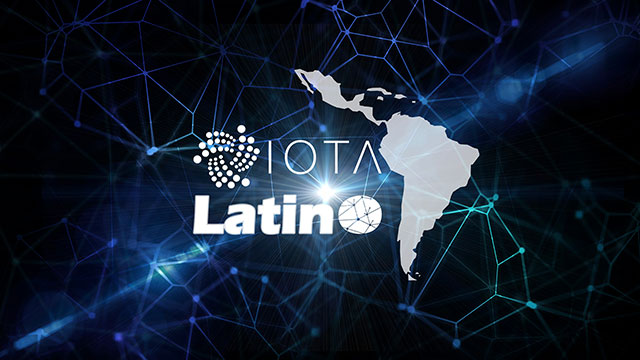It’s no secret that visual content is the most engaging trend. We know that content formats such as video, computer graphics, GIFs, memes and more should be part of your content strategy, but did you know that these also impact your site’s SEO?
How does visual content impact on SEO?
There is a lot of value in adding visual content to your website. While written content serves to allow you to naturally incorporate keywords and create more content for search engine rankings, the visual content you add to your site and elsewhere can help give that content an extra boost.
1. Video content keeps visitors on the page
One statistic that Google loves is “time on the page”. If visitors visit your site and leave after an average of 10 seconds, that means to Google that your content is bad or not relevant. By placing a video in the middle of your written content, you can keep people on the page longer.
Think about it. Let’s say someone takes 10 seconds to read the first two paragraphs of your article. Then, directly on your site there is a video that your visitors can easily click on and that adds more value to the piece.
They click to watch and end up watching the entire two-minute video. This intrigues your visitors to go deeper. Before they know it, they’ve been on your site for five minutes. This can give a huge boost to their time on the page statistics.
2. Visual content helps guide the reader
Reading a 1000 word article directly, no matter how well written, can quickly become tedious. To get site visitors flowing through the content, you can add things like computer graphics, screenshots and more to help visualize the concepts you’re presenting and push your visitors further down the page.
Breaking up the content with related visuals allows readers to take a break from absorbing the copy and instead see some graphics, videos or other related visual content.
It also provides an opportunity for the reader to stop and look at a graphic that could more easily explain a complex subject you are presenting or highlight some visually related statistics to really make an impact, so they don’t get lost in the text.
3. The Google learning machine is learning to read images
Although it is not 100% clear how this works, it is known that Google is learning to read images on pages. With billions of images online, the Google learning machine becomes expert at using shapes and other elements to compare and understand what the images on your site represent.
If Google is focused on learning how to crawl something and then attributing it to the value your site brings to the Internet, you need to pay attention. That’s why it’s so important to make sure your images are relevant and in the right format for Google to read.
In short
So, you understand now, right? Visual content is good for the health of your website and the impact of your SEO strategy. Not only does it bring your website to life and capture the attention of readers, but it also helps you improve critical statistics that can help give your SEO a boost.
This post is also available in:
 Español (Spanish)
Español (Spanish)
